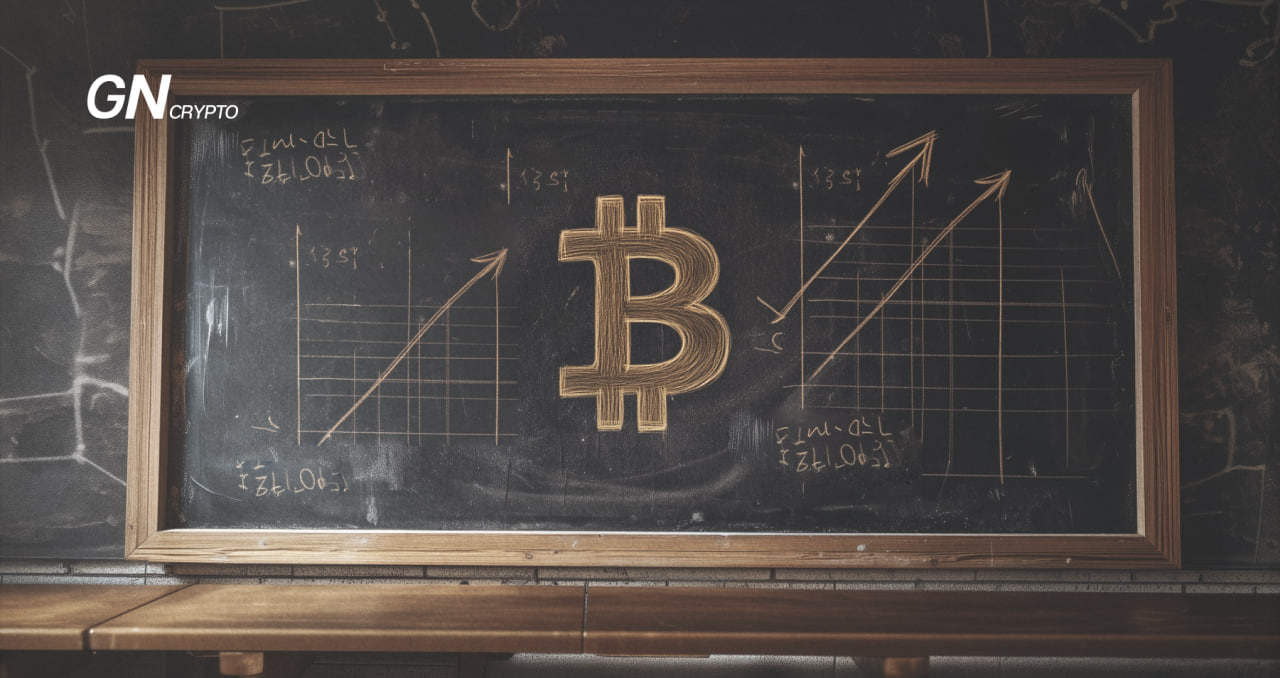What Is a Bonding Curve? Easy Explanation

Different posts about crypto mention certain tokens hitting or trading on a bonding curve. But what does the bonding curve mean, and how does it work? We will explain further.
On this page
What Is a Bonding Curve?
The concept of bonding curves is used in decentralized crypto projects, which operate without third parties. As there is no central party to determine prices and manage the supply, the role is executed by computational rules defining how a system works. Among the models decentralized projects use is the bonding curve, which automates token issuance based on demand.
A bonding curve describes how the price of a token and its supply are bonded together. According to the Bonding Curve Research Group (BCRG):
A bonding curve is a mathematical encoding of the relationship between two or more tokenized assets.
In this token economy model, typically there is no limit on how many tokens can be issued. Smart contracts automatically create new tokens in response to demand, increasing the token’s supply. An increase in token supply is often associated with increased demand and higher prices.
There are various bonding curve formulas. A basic one looks like this:
Example of a basic bonding curve. Source: thegraph.academy
As you can see on the graph, the price of the token grows when the supply grows. However, the relationship between supply and price is more complex and is designed by a project to determine how price responds to demand changes. Token holders can sell their assets through the bonding curve smart contract later, which will decrease supply and therefore the price.
The concept of a bonding curve isn’t new, and it’s been used in DeFi platforms such as Balancer, Uniswap, and Curve Finance. In recent years projects outside the decentralized exchange sector, including the SocialFi network Friend.tech and memecoin launchpad Pump.fun started to use the model to make mass trading for small projects easier.
What Does It Mean to Buy a Coin on the Bonding Curve?
Buying a coin “on the bonding curve” means purchasing it at a price determined by a decentralized platform's bonding curve formula. The phrase “the coin hit a bonding curve” indicates it reached a predefined price.Here's how it typically works: A project issues an initial number of tokens at a set price. As more tokens are bought, the price increases according to the bonding curve. Reaching certain price thresholds may signal successful market acceptance to the project team. News about a token's “bonding curve reaching a certain market cap” means its total valuation (current price multiplied by circulating supply) has hit a specific level. This is a sign of strong investor interest and high initial demand, but the interest may cool off later, like in cases of some celebrity coins.
Final Notes
A token's price in the bonding curve model is designed to increase in accordance with its supply to benefit investors. This model doesn't have a maximum fixed supply cap and is also called Continuous Tokens. Unlike, for example, Bitcoin, which has a fixed supply of 21 M, bonding curves enable the token supply to change based on predefined mathematical formulas. There are also other tokenomics models, including stablecoins, which are pegged to external assets to maintain a stable value, and various deflationary or inflationary models designed to meet specific economic goals.
The content on The Coinomist is for informational purposes only and should not be interpreted as financial advice. While we strive to provide accurate and up-to-date information, we do not guarantee the accuracy, completeness, or reliability of any content. Neither we accept liability for any errors or omissions in the information provided or for any financial losses incurred as a result of relying on this information. Actions based on this content are at your own risk. Always do your own research and consult a professional. See our Terms, Privacy Policy, and Disclaimers for more details.


























